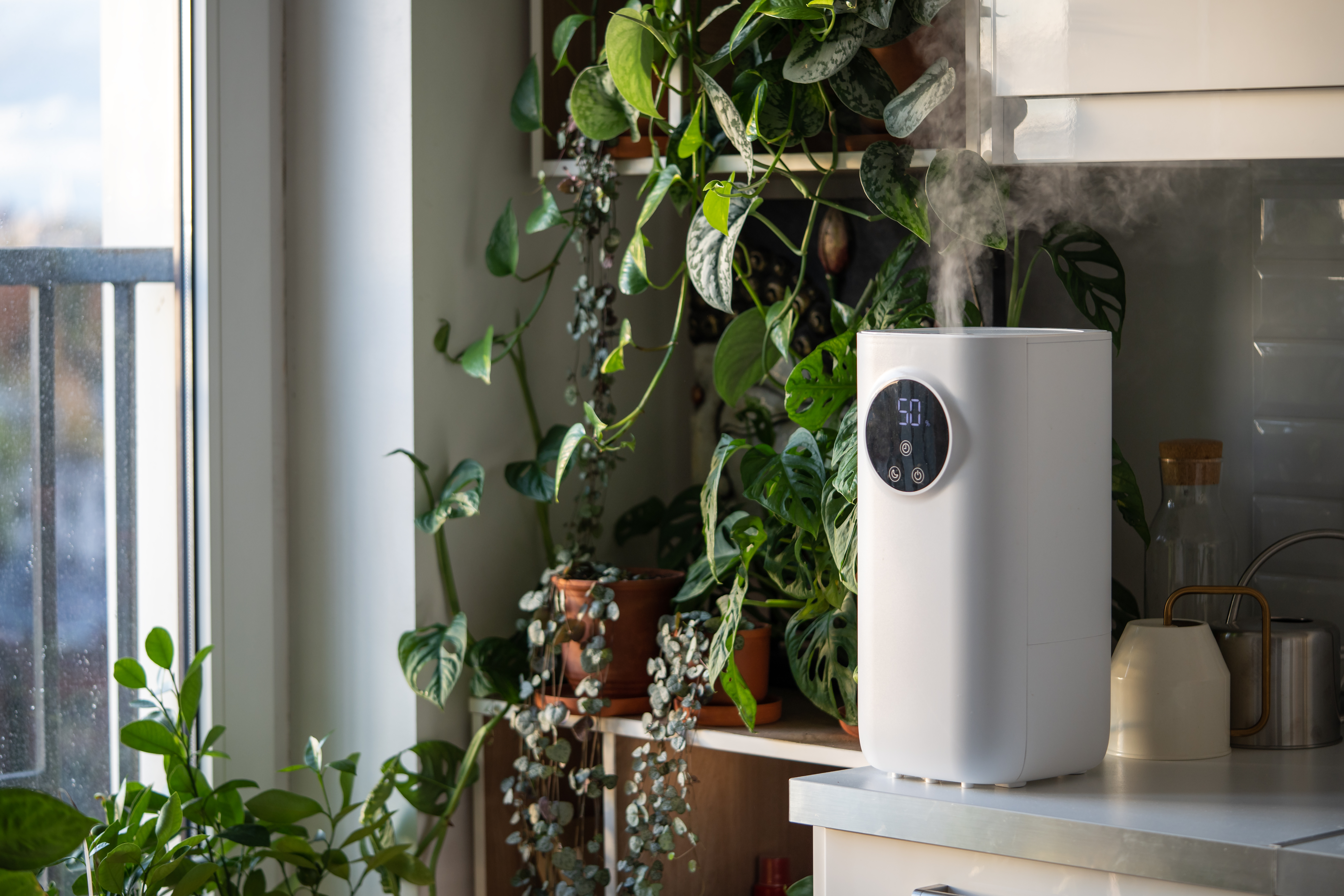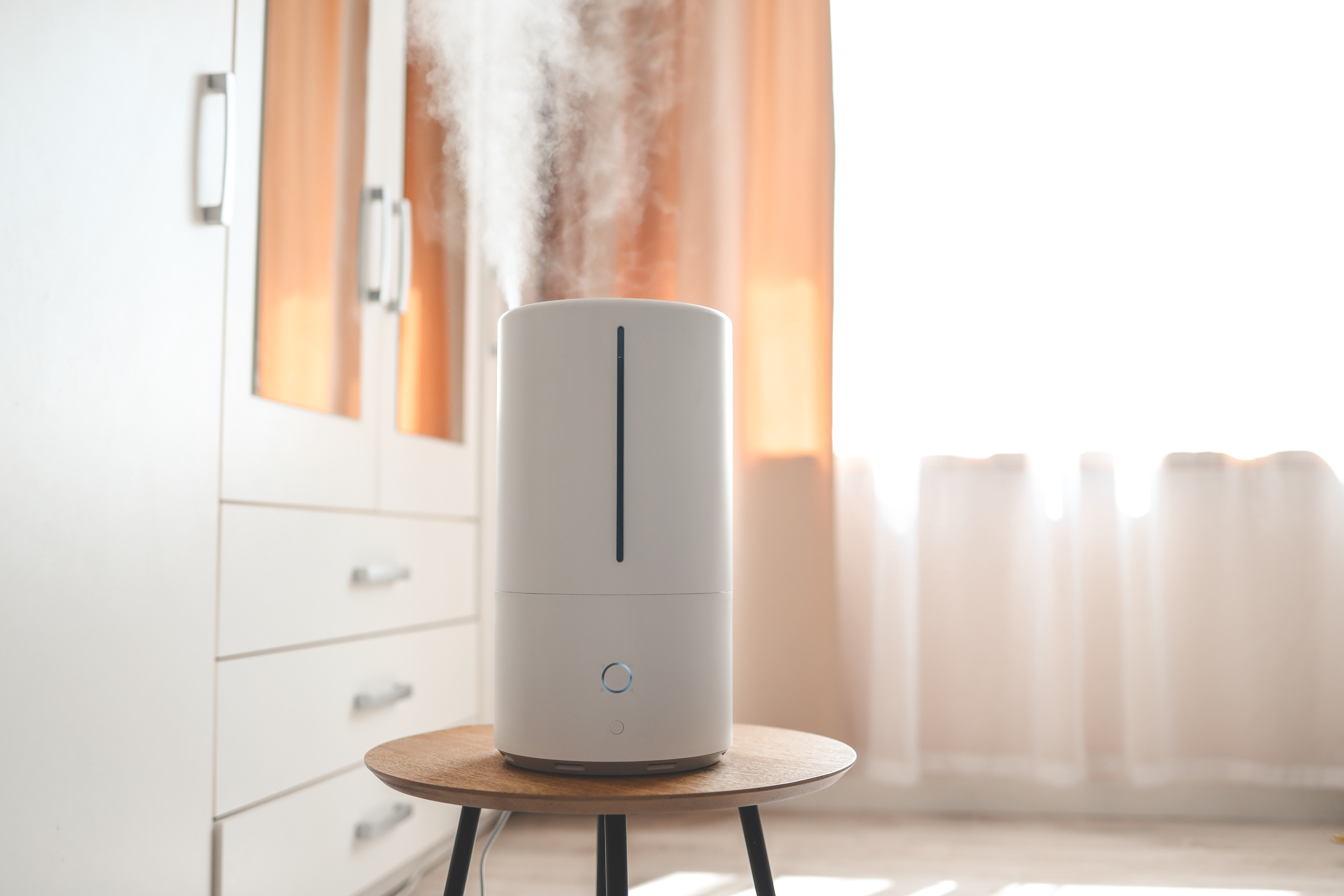Why Ignoring Humidity Can Cost More Than You Think: The Hidden Costs of Poor Air Quality
Ignoring indoor humidity feels harmless—until your walls start peeling or your energy bills spike. Many miss how poor humidity control silently drives up costs and worsens indoor air quality. Keep reading to learn what ignoring humidity really costs you and how simple steps in humidity management protect your health and wallet. For more insights, check out this resource.
Financial Impact of Poor Humidity Control

Overlooking indoor humidity doesn’t just affect comfort—it hits your wallet hard. Let’s explore the hidden costs that accumulate when humidity issues go unchecked.
Hidden Repair Costs
When you ignore humidity, minor problems can quickly escalate into expensive repairs. Moisture can seep into walls and floors, leading to $500 to $2,500 in structural damages. For instance, buckled floors or peeling paint need immediate attention or they worsen over time. Learn more about these hidden costs.
Ignoring these signs leads to frequent repairs. Most people think a small leak is harmless, but it can cause big issues. The longer you wait, the more you pay in repair bills. Ensuring proper humidity control can prevent these headaches and save you money.
Energy Bill Increases
Poor humidity control means your HVAC system works overtime. When humidity levels are off, heating and cooling systems struggle to maintain a comfortable temperature, leading to 15% higher energy bills. Skipping maintenance can exacerbate this issue.
By maintaining the right humidity, your home becomes energy-efficient. Most people assume thermostat settings alone control comfort, but without balanced humidity, comfort remains elusive. Managing humidity can reduce energy costs significantly, providing immediate savings.
Health Consequences of Ignoring Humidity

Beyond financial strain, ignoring humidity affects your health. Let’s see how this often-overlooked factor impacts well-being.
Respiratory Issues and Allergies
Excessive humidity can be a breeding ground for allergens. Dust mites thrive in high humidity, triggering allergies and asthma. A significant number of people suffer from respiratory issues due to poor indoor air quality. Consistently managing humidity can alleviate these symptoms.
Most people think air quality is about pollutants, but humidity plays a key role too. By monitoring and adjusting humidity levels, you can breathe easier and reduce allergic reactions. It’s a simple step that brings big health benefits.
Mold and Mildew Growth
Unchecked humidity leads to mold and mildew, which can cause serious health problems. Mold spores can lead to respiratory infections and allergic reactions. 60% of people exposed to mold experience health issues. Read more about these risks.
Ignoring mold can be costly—not just in medical bills but also in home repairs. Preventing mold is easier than dealing with its aftermath. Maintaining ideal humidity levels is key to a healthy living environment.
Effective Strategies for Humidity Management

Armed with the understanding of humidity’s impact, it’s essential to adopt effective strategies for control. Let’s dive into practical solutions.
Choosing the Right Equipment
Investing in quality equipment is crucial. A reliable humidifier or dehumidifier can make all the difference. Look for models with automatic sensors that adjust settings based on current humidity levels. This ensures optimal performance and comfort.
Many believe all devices are the same, but features like energy efficiency and capacity vary. Choosing the right model saves money and enhances comfort. Explore the benefits of regular service.
Simple DIY Air Quality Solutions
You don’t need to spend a fortune on air quality. Simple DIY solutions can maintain ideal humidity.
-
Ventilate: Open windows to let in fresh air.
-
Houseplants: Certain plants act as natural humidifiers.
-
Monitor Levels: Use a hygrometer to keep tabs on humidity.
Most people overlook these easy fixes, thinking they’re ineffective. But these steps can significantly improve air quality. By taking control of humidity, you protect both your health and your finances.
In conclusion, managing humidity isn’t just about comfort—it’s a smart financial and health decision. Don’t wait until problems arise; take action now for a healthier, more cost-effective living space.




